Topics
Category
Era
MNopedia
Draining of Glacial Lake Agassiz
The event that created the Minnesota rivers and lakes we know today

Flooding of the Red River, 1997
The eighth-costliest flood in US history
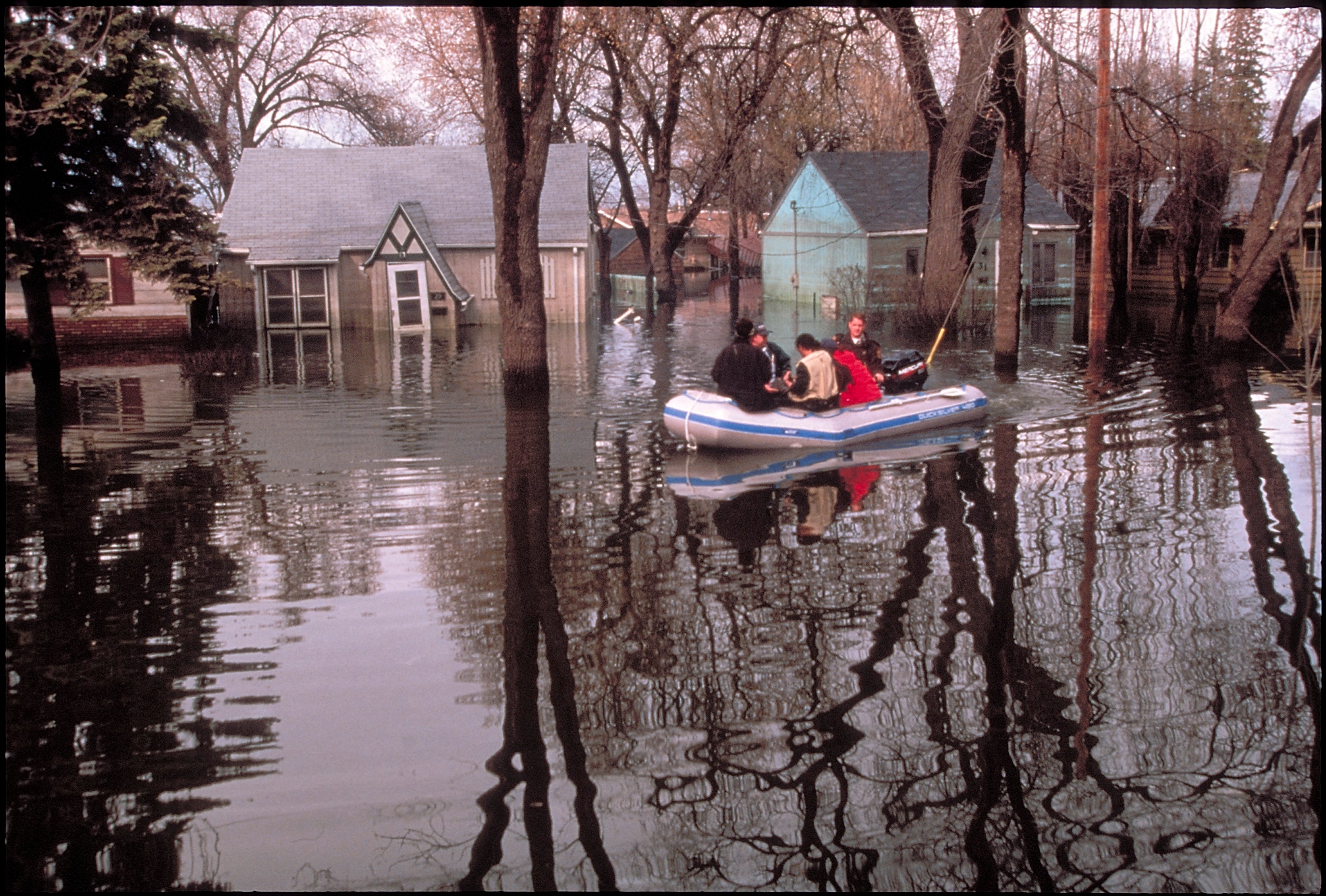
Frontenac State Park
A dramatic landscape 500 million years in the making
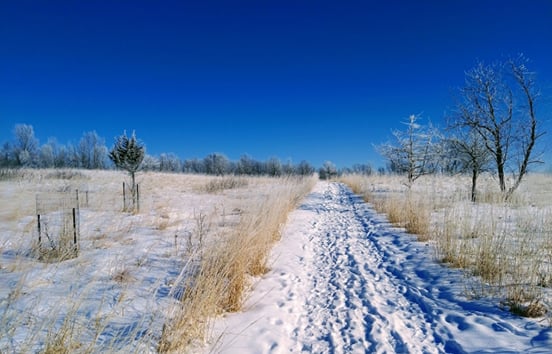
Flour City Ornamental Iron Works Strike, 1935
A conflict between workers and police that led to two deaths
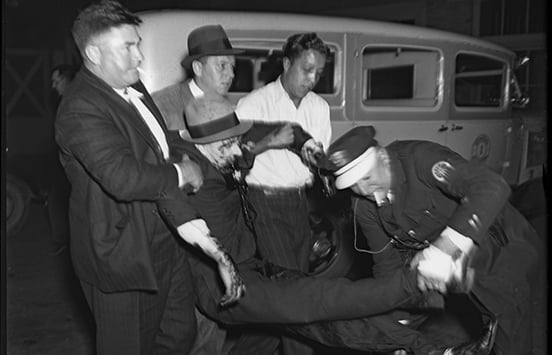
Ulrich, Mabel S. (1876–1945)
From sex education to the Federal Writers' Project
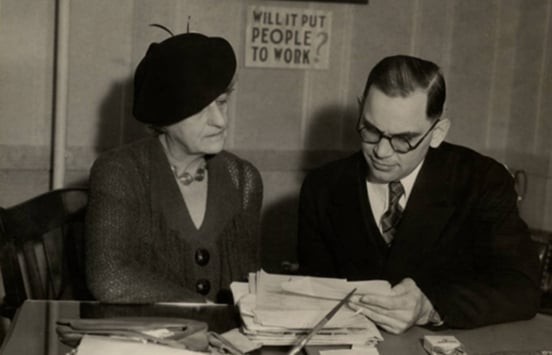
Washburn A Mill
The birthplace of one of the biggest modern food companies in the world
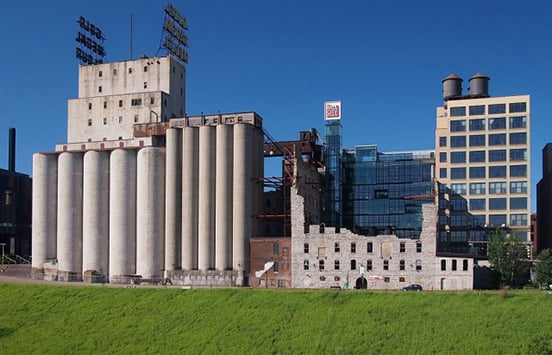
Pardon Power in Nineteenth-Century Minnesota
An era of unprecedented clemency via executive power
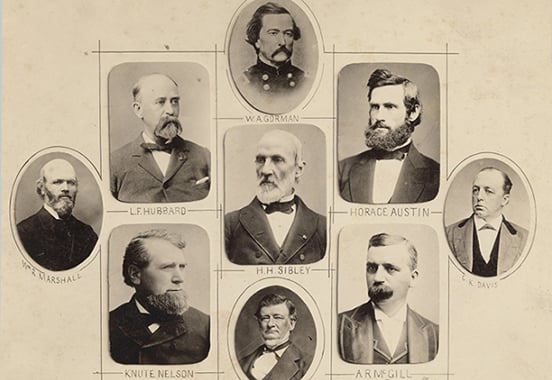
Lippincott, Carrie H. (1860–1941)
The self-proclaimed "Pioneer Seedswoman of America"
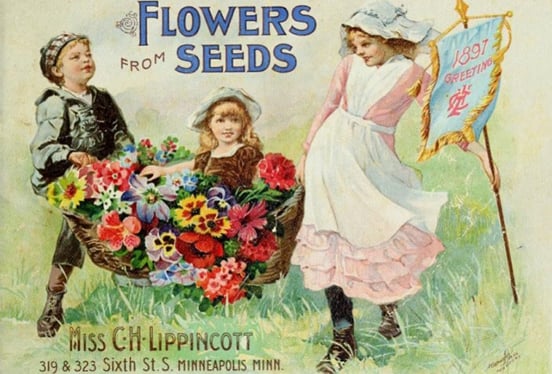
Draining of Glacial Lake Agassiz
The event that created the Minnesota rivers and lakes we know today

Flooding of the Red River, 1997
The eighth-costliest flood in US history

Frontenac State Park
A dramatic landscape 500 million years in the making

Flour City Ornamental Iron Works Strike, 1935
A conflict between workers and police that led to two deaths

Ulrich, Mabel S. (1876–1945)
From sex education to the Federal Writers' Project

Washburn A Mill
The birthplace of one of the biggest modern food companies in the world

Pardon Power in Nineteenth-Century Minnesota
An era of unprecedented clemency via executive power

Lippincott, Carrie H. (1860–1941)
The self-proclaimed "Pioneer Seedswoman of America"

Draining of Glacial Lake Agassiz
The event that created the Minnesota rivers and lakes we know today

Recently Added Articles
Spotlight On World War II
This Day in Minnesota History (July 17)
Cree and Ojibwe leaders in the Red River valley make a treaty with Lord Thomas Douglas Selkirk, who hopes to re-establish his colony of Scottish immigrants.
Congress passes an act to settle disputes about the so-called "Half-Breed" Tract, a reservation for mixed-race Indigenous-European people in Wabasha and Goodhue counties. Land titles had been confused; with many white settler-colonists migrating to the area, unaware that it was a legal reservation, some of the recipients of scrip sold the deeds to their parcels of land, although there was no individual ownership of reservation land. After further complications arose with land speculators, the settler-colonists formed vigilante groups to watch the land office and prevent speculators from claiming existing farms. The matter was settled in 1858, with the squatters receiving full rights, as was standard practice on public domain land.
History Near You
Choose a location on the map to see history near you.












